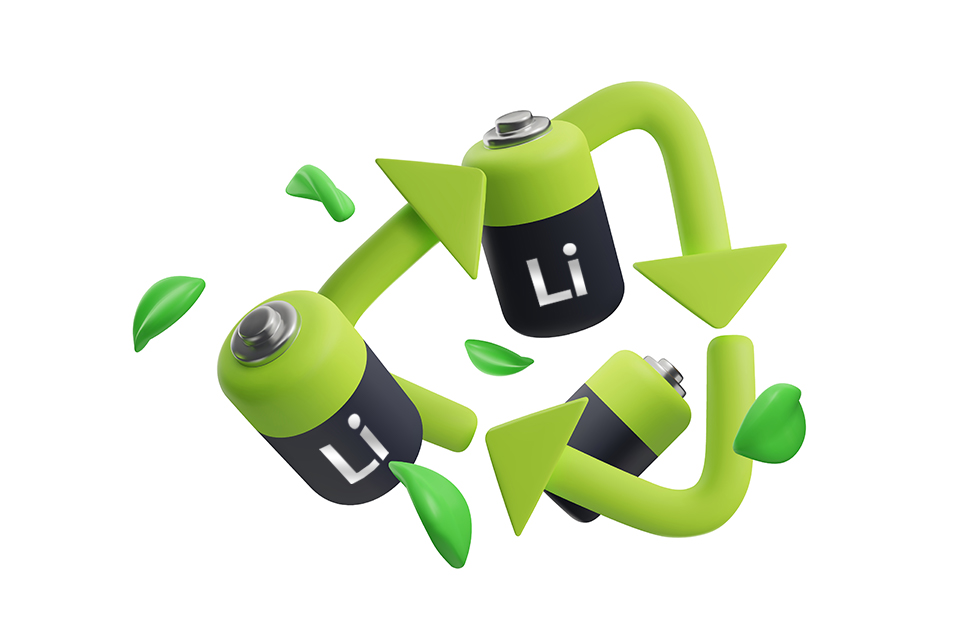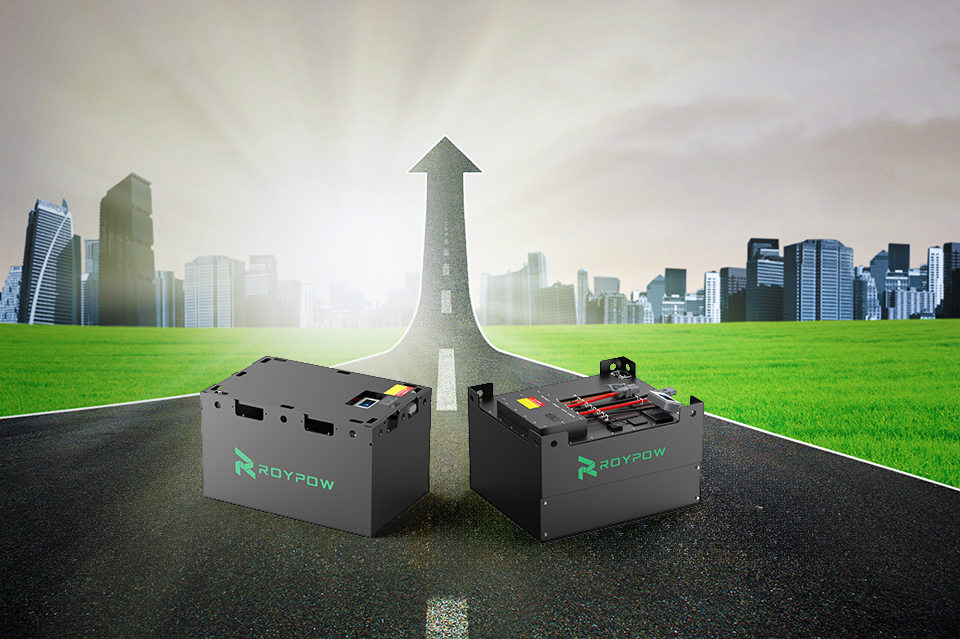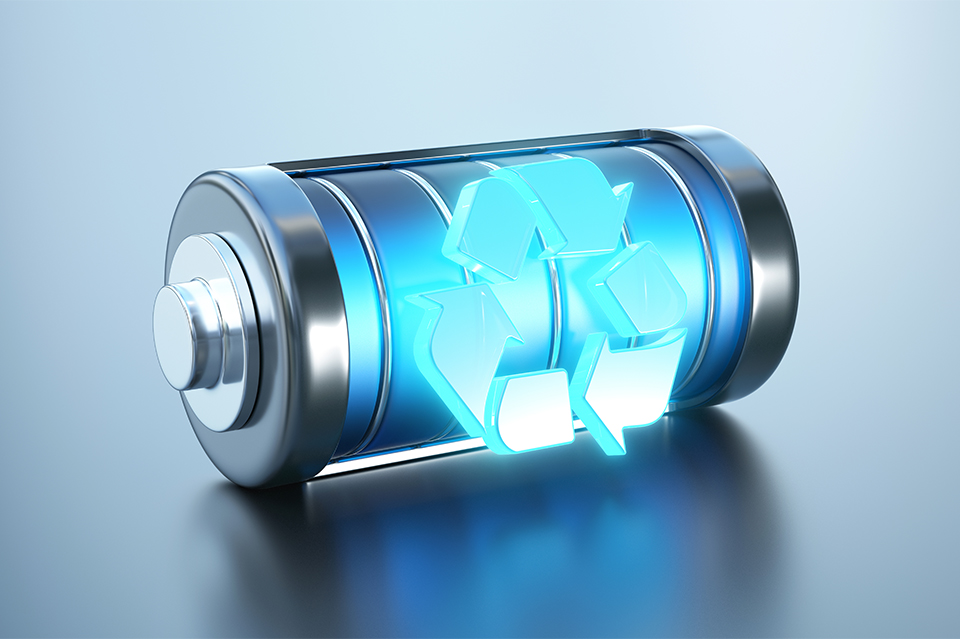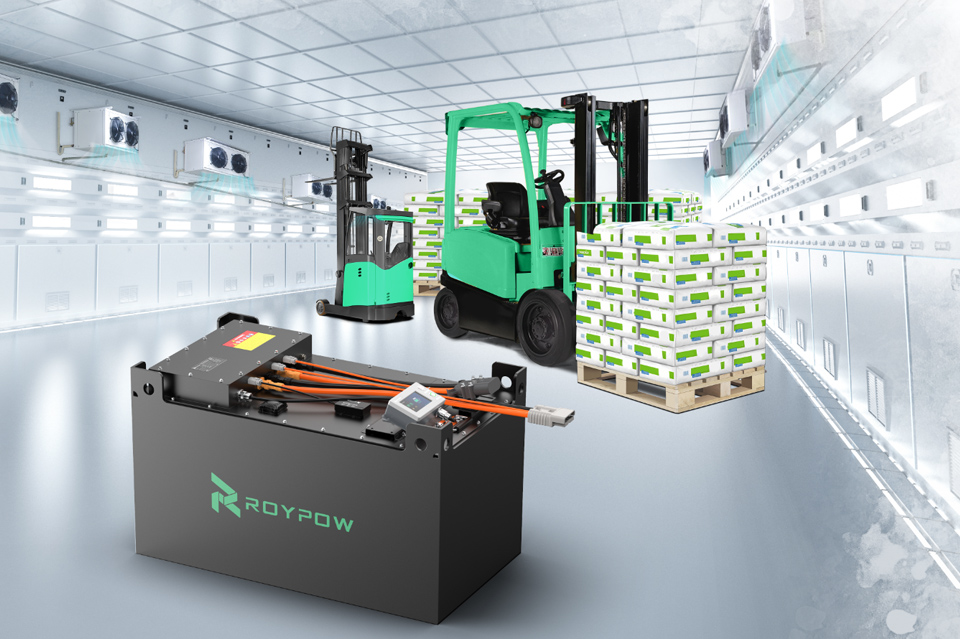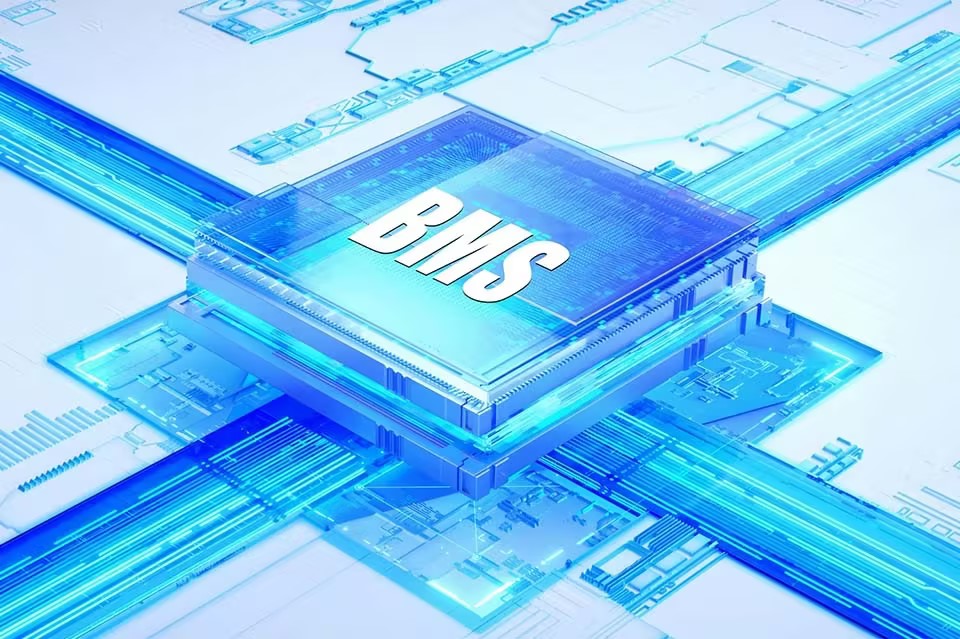That lithium battery powering your equipment seems simple, right? Until it reaches its end. Tossing it isn’t just careless; it’s often against regulations and creates real safety hazards. Figuring out the right way to recycle feels complicated, especially with rules changing.
This guide cuts straight to the facts. We provide the essential knowledge you need for lithium battery recycling in 2025. Properly recycling these batteries significantly reduces environmental harm—sometimes cutting related emissions by over 50% compared to mining new materials.
Here’s what we cover:
- Why recycling lithium batteries is critical now.
- Safely handling and storing used units.
- How to locate certified recycling partners.
- Policy deep dives: Understanding rules and benefits in APAC, EU, and US markets.
At ROYPOW, we engineer high-performance LiFePO4 battery systems for applications like motive power and energy storage. We believe reliable power demands responsible lifecycle planning. Knowing how to recycle is key to using lithium technology sustainably.
Why Recycling Lithium Batteries Is Critical Now
Lithium-ion batteries are everywhere. They power our phones, laptops, electric vehicles, energy storage systems, and vital industrial equipment like forklifts and aerial work platforms. This widespread use brings incredible convenience and efficiency. But there’s a flip side: millions of these batteries are reaching their end-of-life right now, creating a massive wave of potential waste.
Ignoring proper disposal isn’t just irresponsible; it carries significant weight. Tossing these batteries into regular trash or mixed recycling bins poses serious fire risks. You’ve likely seen news reports about fires at waste management facilities – lithium batteries are often the unseen culprit when damaged or crushed. Safe recycling routes eliminate this danger.
Beyond safety, the environmental argument is compelling. Mining new lithium, cobalt, and nickel takes a heavy toll. It consumes vast amounts of energy and water, and generates substantial greenhouse gas emissions. Recent studies show recycling these same materials can slash emissions by over 50%, use about 75% less water, and require significantly less energy compared to mining virgin resources. It’s a clear win for the planet.
Then there’s the resource angle. Many materials inside these batteries are considered critical minerals. Their supply chains can be long, complex, and subject to geopolitical instability or price swings. Recycling builds a more resilient, domestic supply chain by recovering these valuable metals for reuse. It turns potential waste into a vital resource.
- Protect the planet: Drastically lower environmental footprint than mining.
- Secure resources: Recover valuable metals, reducing reliance on new extraction.
- Prevent hazards: Avoid dangerous fires and leaks linked to improper disposal.
At ROYPOW, we engineer robust LiFePO4 batteries designed for longevity in demanding applications, from golf carts to large-scale energy storage. Yet, even the most durable battery eventually needs replacement. We recognize that responsible end-of-life management is a crucial part of the sustainable energy equation for all battery types.
Understanding Recycling & Handling Used Batteries
Once used lithium batteries are collected, they don’t just disappear. Specialized facilities employ sophisticated methods to break them down and recover the valuable materials inside. The goal is always to reclaim resources like lithium, cobalt, nickel, and copper, minimizing waste and reducing the need for new mining.
There are three main approaches recyclers currently use:
- Pyrometallurgy: This involves using high temperatures, essentially smelting the batteries in a furnace. It effectively reduces large volumes and recovers certain metals, often in an alloy form. However, it’s energy-intensive and can result in lower recovery rates for lighter elements like lithium.
- Hydrometallurgy: This method uses aqueous chemical solutions (like acids) to leach out and separate the desired metals. It often involves shredding batteries into a powder called “black mass” first. Hydrometallurgy typically achieves higher recovery rates for specific critical metals and operates at lower temperatures than pyro methods. It’s commonly used for chemistries like LiFePO4 found in many ROYPOW motive power and energy storage solutions.
- Direct Recycling: This is a newer, evolving set of techniques. The aim here is to remove and rejuvenate valuable components like cathode materials without fully breaking down their chemical structure. This approach promises lower energy use and potentially higher value retention but is still scaling up commercially.
Before those advanced recycling methods can work their magic, the process begins with you. Your careful handling and storage of used batteries is the vital first step. Getting this right prevents hazards and makes sure batteries reach the recycler safely.
Here’s how to handle and store them correctly:
- Protect the Terminals: The biggest immediate risk is a short circuit from exposed terminals touching metal or each other.
○ Action: Securely cover the terminals using non-conductive electrical tape.
○ Alternatively, place each battery inside its own clear plastic bag. This prevents accidental contact.
- Handle Gently to Avoid Damage: Physical impacts can compromise the battery’s internal safety.
○ Action: Never drop, crush, or puncture the battery casing. Internal damage can lead to instability or fire.
○ If a battery appears swollen, damaged, or is leaking, handle it with extreme caution. Isolate it from other batteries immediately.
- Choose Safe Storage: Where you keep batteries before recycling matters.
○ Action: Select a cool, dry location away from flammable materials, direct sunlight, and heat sources.
○ Use a dedicated container made of non-conductive material (like sturdy plastic), clearly labeled for used lithium batteries. Keep this separate from regular trash and new batteries.
Remember these important “Don’ts”:
- Do not put used lithium batteries in your regular trash or recycling bins.
- Do not try opening the battery casing or attempting repairs.
- Do not store potentially damaged batteries loosely with others.
- Do not allow terminals near conductive items like keys or tools.
Understanding both the recycling technologies and your role in safe handling completes the picture. Even with ROYPOW’s focus on durable, long-lasting LiFePO4 batteries, responsible end-of-life management through proper handling and partnership with capable recyclers is essential.
How To Locate Certfied Recycling Partners
So, you’ve safely stored your used lithium batteries. Now what? Handing them over to just anyone isn’t the solution. You need to find a certified recycling partner. Certification matters – it means the facility follows strict environmental standards, ensures worker safety, and often includes secure data destruction for batteries from electronics. Look for credentials like R2 (Responsible Recycling) or e-Stewards as indicators of a reputable operator.
Finding the right partner takes a little digging, but here are common places to look:
- Check Online Databases: A quick web search for “certified lithium battery recycler near me” or “e-waste recycling [your city/region]” is a good starting point. Some regions have dedicated directories (like Call2Recycle in North America – look for similar resources specific to your area).
- Consult Local Authorities: This is often the most effective step. Contact your local municipal government’s waste management department or the regional environmental protection agency. They can provide lists of licensed hazardous waste handlers or designated drop-off points.
- Retail Drop-Off Programs: Many large electronics stores, home improvement centers, or even some supermarkets offer free drop-off bins, usually for smaller consumer batteries (like those from laptops, phones, power tools). Check their websites or ask in-store.
- Ask the Manufacturer or Dealer: The company that produced the battery or the equipment it powered might have recycling information. For larger units, like ROYPOW motive power batteries used in forklifts or AWPs, your dealer may offer guidance on approved recycling channels or have specific take-back arrangements. It pays to inquire.
For businesses dealing with significant quantities of batteries, especially larger industrial types, you’ll likely need a commercial recycling service. Look for providers experienced with your specific battery chemistry and volume, who offer pickup services and provide documentation confirming proper recycling.
Always do a final check. Before committing, verify a recycler’s certifications and confirm they can handle your specific type and quantity of lithium batteries according to local and national regulations.
Understanding Rules and Benefits in APAC, EU, and US Markets
Navigating lithium battery recycling isn’t just about finding a partner but also understanding the rules. Regulations differ significantly across major markets, influencing everything from collection to required recovery rates. These rules aim to boost safety, protect the environment, and secure valuable resources.
APAC Market Insights
The Asia-Pacific (APAC) region, led by China, is the world’s largest market for lithium-ion battery production and recycling capacity.
- China’s Leadership: China has implemented comprehensive policies, including strong Extended Producer Responsibility (EPR) schemes, battery traceability systems, and goals outlined in its Circular Economy Development Plan (2021-2025). New standards for recycling are continuously being developed.
- Regional Development: Other countries like South Korea, Japan, India, and Australia are also actively developing their own regulations, often incorporating EPR principles to make manufacturers responsible for end-of-life management.
- Benefits Focus: For APAC, a key driver is securing the supply chain for its massive battery manufacturing industry and managing the large volume of end-of-life batteries from consumer electronics and EVs.
European Union (EU) Regulations
The EU has adopted a comprehensive, legally binding framework with the EU Battery Regulation (2023/1542), creating ambitious, harmonized rules across member states.
- Key Requirements & Dates:
- Carbon Footprint: Declarations required for EV batteries from Feb 18, 2025.
- Waste Management & Due Diligence: Mandatory rules apply from Aug 18, 2025 (due diligence for larger companies focuses on responsible sourcing of raw materials).
- Recycling Efficiency: Minimum 65% recycling efficiency for lithium-ion batteries by Dec 31, 2025 (rising to 70% by 2030).
- Material Recovery: Specific targets for recovering materials like lithium (50% by end 2027) and cobalt/nickel/copper (90% by end 2027).
- Battery Passport: A digital record with detailed battery information (composition, carbon footprint, etc.) becomes mandatory for EV and industrial batteries (>2kWh) from Feb 18, 2027. High-quality manufacturing and data management, like that employed by ROYPOW, helps streamline compliance with such transparency requirements.
- Benefits Focus: The EU aims for a true circular economy, reducing waste, ensuring resource security through mandated recycled content in new batteries (starting 2031), and maintaining high environmental standards.
United States (US) Approach
The US uses a more layered approach, combining federal guidelines with significant state-level variations.
- Federal Oversight:
- EPA: Regulates end-of-life batteries under the Resource Conservation and Recovery Act (RCRA). Most used Li-ion batteries are considered hazardous waste. The EPA recommends using the streamlined Universal Waste regulations (40 CFR Part 273) for handling and is expected to issue specific guidance for Li-ion batteries under this framework by mid-2025.
- DOT: Governs the safe transport of lithium batteries under the Hazardous Materials Regulations (HMR), requiring proper packaging, labeling, and terminal protection.
- State-Level Laws: This is where much variation occurs. Some states have landfill bans (e.g., New Hampshire from July 2025), specific storage site regulations (e.g., Illinois), or EPR laws requiring manufacturers to fund collection and recycling. Checking your specific state’s laws is absolutely essential.
- Benefits Focus: Federal policy often uses funding programs and tax incentives (like the Advanced Manufacturing Production Tax Credit) to encourage domestic recycling infrastructure development alongside regulatory measures.
This overview highlights the main directions in these key regions. However, regulations are constantly being updated. Always verify the specific, current rules applicable to your location and battery type. Regardless of the region, the core benefits remain clear: enhanced environmental protection, improved resource security, and greater safety.
At ROYPOW, we understand that no one-size-fits-all approach works globally. That’s why we’ve developed region-specific recycling programs tailored to the regulatory and operational realities of APAC, Europe, and the United States markets.
Powering Forward Responsibly with ROYPOW
Handling lithium battery recycling doesn’t need to be overwhelming. Understanding the why, how, and where makes a significant difference for safety, resource conservation, and meeting regulations. It’s about acting responsibly with the power sources we rely on daily.
Here’s a quick recap:
- Why It Matters: Recycling protects the environment (less mining, lower emissions), conserves critical resources, and prevents safety hazards like fires.
- Handle Safely: Always protect terminals (use tape/bags), avoid physical damage, and store used batteries in a cool, dry, designated non-conductive container.
- Find Certified Recyclers: Use online databases, check with local waste authorities (crucial for specific locations), utilize retailer take-back programs, and inquire with manufacturers/dealers.
- Know the Rules: Regulations are tightening globally but vary significantly by region (APAC, EU, US). Always check local requirements.
At ROYPOW, we engineer reliable, long-lasting LiFePO4 energy solutions designed for demanding applications. We also champion sustainable practices across the entire battery lifecycle. Using powerful technology smartly includes planning for responsible recycling when batteries eventually reach their end-of-life stage.
Frequently Asked Questions (FAQs)
What is the best way to recycle lithium batteries?
The best approach is to take them to a certified e-waste or battery recycler. Start by checking with your local waste management authority for designated drop-off sites or licensed facilities. Never put them in your household trash or regular recycling bins due to safety risks.
Are lithium batteries 100% recyclable?
While not every single component might be recovered cost-effectively today, recycling processes achieve high recovery rates for the most valuable and critical materials, like cobalt, nickel, copper, and increasingly, lithium. Regulations, like those in the EU, mandate high efficiency and specific material recovery targets, pushing the industry towards greater circularity.
How do you recycle lithium batteries?
From your end, recycling involves a few key steps: safely handle and store the used battery (protect terminals, prevent damage), identify a certified collection point or recycler (using local resources, online tools, or retailer programs), and follow their specific instructions for drop-off or collection.
What are the methods of lithium-ion battery recycling?
Specialized facilities use several main industrial processes. These include Pyrometallurgy (using high heat/smelting), Hydrometallurgy (using chemical solutions to leach metals, often from shredded “black mass”), and Direct Recycling (newer methods aiming to recover cathode/anode materials more intact).

